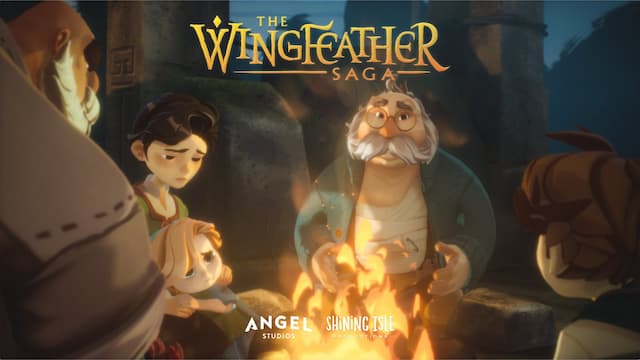Kingdom Life in Mark – Lent to Easter and Pentecost

Kingdom Life in Mark
Lent to Easter and Pentecost
New eBook – relational Bible studies from the Lectionary for 2018
- The transfiguration Mark 9:2‑9
- Baptism and temptations Mark 1:9‑15
- The meaning of the cross Mark 8:31‑38
- Teaching about the cross (1) John 2:13‑22
- Teaching about the cross (2) John 3:14‑21
- Teaching about the cross (3) John 12:20‑33
- Palm Sunday and the crucifixion Mark 11:1‑11; 15:1‑39
- The empty tomb Mark 16:1‑18
- Easter evening John 20:19‑31
- Emmaus postscript Luke 24:35‑48
- Jesus the Good Shepherd John 10:11‑18
- Jesus the true vine John 15:1‑8
- Jesus present among his people John 15:9‑17
- Jesus prays for his people John 17:11‑19
- The day of Pentecost John 15:26‑27; 16:4‑15
- The Trinity John 3:1‑17
Readings selected from Part II of Kingdom Life in Mark, Relational Bible Studies from Mark (Year B of the Lectionary)
Blog:
https://renewaljournal.com/2015/01/26/kingdom-life-in-mark/
Kindle – eBook: Kingdom Life in Mark
https://www.amazon.com/Kingdom-Life-Mark-Geoff-Waugh-ebook/dp/B008PCUXO8
Mark gives a vigorous, concise account of Jesus. The narrative moves swiftly. A brief prologue leads immediately into Jesus’ ministry as he appears proclaiming and demonstrating the kingdom of God. Kingdom life fills the pages.
Central to that drama is the cross. Mark has been described as a passion narrative with an introduction. Jesus is introduced as the Son of God in the first verse. Chapters 1‑8 reveal the mystery of the Son of God seen in Jesus’ three year ministry based in Galilee.
Then the drama shifts in chapter 8 with Peter’s confession that Jesus is the Christ, the Messiah. Jesus immediately predicts his death and prepares his disciples for it (8:31; 9:30‑31; 10:32‑34). The Messiah must sacrifice his life. The way of the Son of Man is the way of the cross. Chapters 11‑16 describe that final week in Jerusalem.
This book follows the story of Jesus using lectionary readings from the year of Mark (Year B). The readings include passages from other gospels as well, especially John.
These relational Bible studies help you explore and live kingdom life: to love God with your whole being and to love others. At best, our love for God and for one another is but a small reflection of God’s love for us. These studies can help that love to grow. Choose the sections most suitable to you or your group.
You can use this book for both personal and group study:
Personal study, which may be in preparation for a group session or just for your own interest, will involve reading the Bible passages and thinking about the questions for yourself. You may want to keep a note book or journal of your insights or discoveries. If these readings are used in your church on Sundays you may want to reflect on the study after the Sunday and also read the next study in preparation for the following Sunday. You may have a friend, or friends, with whom you would like to discuss some of the issues, and these studies give you plenty of ideas for doing that as well.
Group study involves you with others. These studies invite you to relate together at the beginning, to respond to the Bible material in personal ways and to reflect on its meaning in your own lives and circumstances.
The studies help you share your ideas and discoveries as you study the Bible together. These relational studies invite you to interact at both a content and a personal level. You can share your pilgrimage with others. You journey together. You support and encourage one another.
The New International Version as well as the Revised Standard Version were used in writing these studies, so it will be helpful for group leaders to refer to those in preparing for each study. Any versions of the Bible can be used with the studies, of course, and comparison of different translations and study notes often adds helpful insights.
Your group will be able to move more freely through each study if you all read the passages at home first. That will make you familiar with the Bible material so that you can then interact on it together in the group. The gospel reading is the focus. The other readings are referred to during the study and can be included that way.
A rough time guide for each study would be to allow about 15 minutes for the Relate section, about 30 minutes for the Respond section and another 15 minutes for the Reflect section. Sometimes you will go longer than that, especially at the end. Allow adequate time to conclude in prayer together or in other appropriate ways.
If you have a group of more than five or six people, you will usually gain more from these studies by working in small sub‑groups of about three to five. This can be done in many ways. One good way is to begin in the whole group for the Relate section, read the scripture together in the whole group, and then move into small sub‑groups for the rest of the study.
Sometimes you may want to start in small sub‑groups of two or three, then study the Response section together in the whole group, and finish by following the Reflect section in smaller groups.
This Bible study book is a selection from




